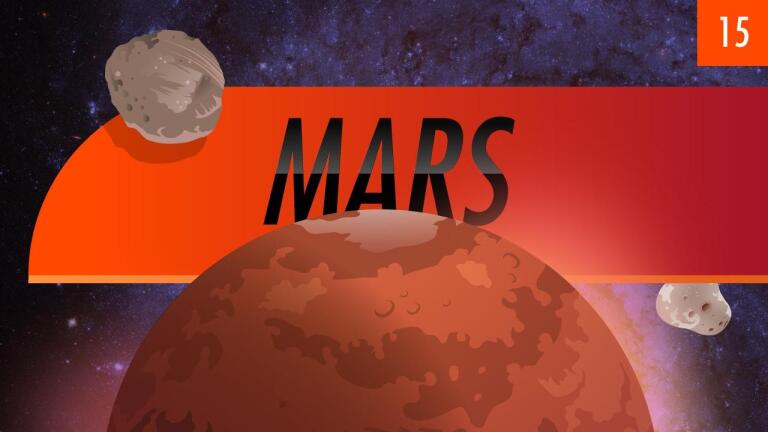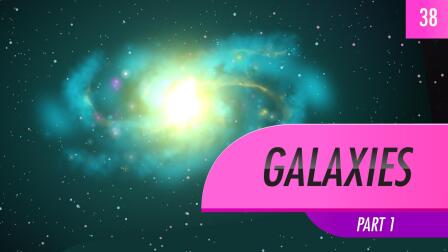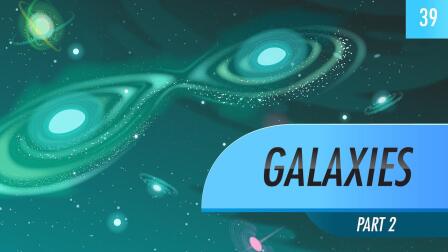Back to Show
Crash Course Astronomy
White Dwarfs & Planetary Nebulae: Crash Course Astronomy #30
Season 1
Episode 30
Today Phil follows up last week's look at the death of low mass stars with what comes next: a white dwarf. White dwarfs are incredibly hot and dense objects roughly the size of Earth. They also can form planetary nebulae: huge, intricately detailed objects created when the wind blown from the dying stars is lit up by the central white dwarf.
Support Provided By

11:54
Comets are chunks of ice and rock that orbit the Sun.

11:32
Now that we've finished our tour of the planets, we're headed back to the asteroid belt.

12:15
We're rounding out our planetary tour with ice giants Uranus and Neptune.

12:12
Saturn is the crown jewel of the solar system, beautiful and fascinating

10:26
Before moving on from Jupiter, we're going to linger for a moment on the planet's moons.

10:42
Jupiter is the biggest planet in our solar system.

10:11
Mar is the fourth planet from the sun and the outermost of the terrestrial planets.

10:46
Venus is a gorgeous naked-eye planet, hanging like a diamond in the twilight.

10:17
Mercury is the closest planet to the sun.

9:47
Take a look up to the moon's surface features, core, and theories about its formation.

10:13
Phil starts the planet-by-planet tour of the solar system right here at home, Earth.

11:44
Take a look at the two-octillion ton star that rules our solar system.











